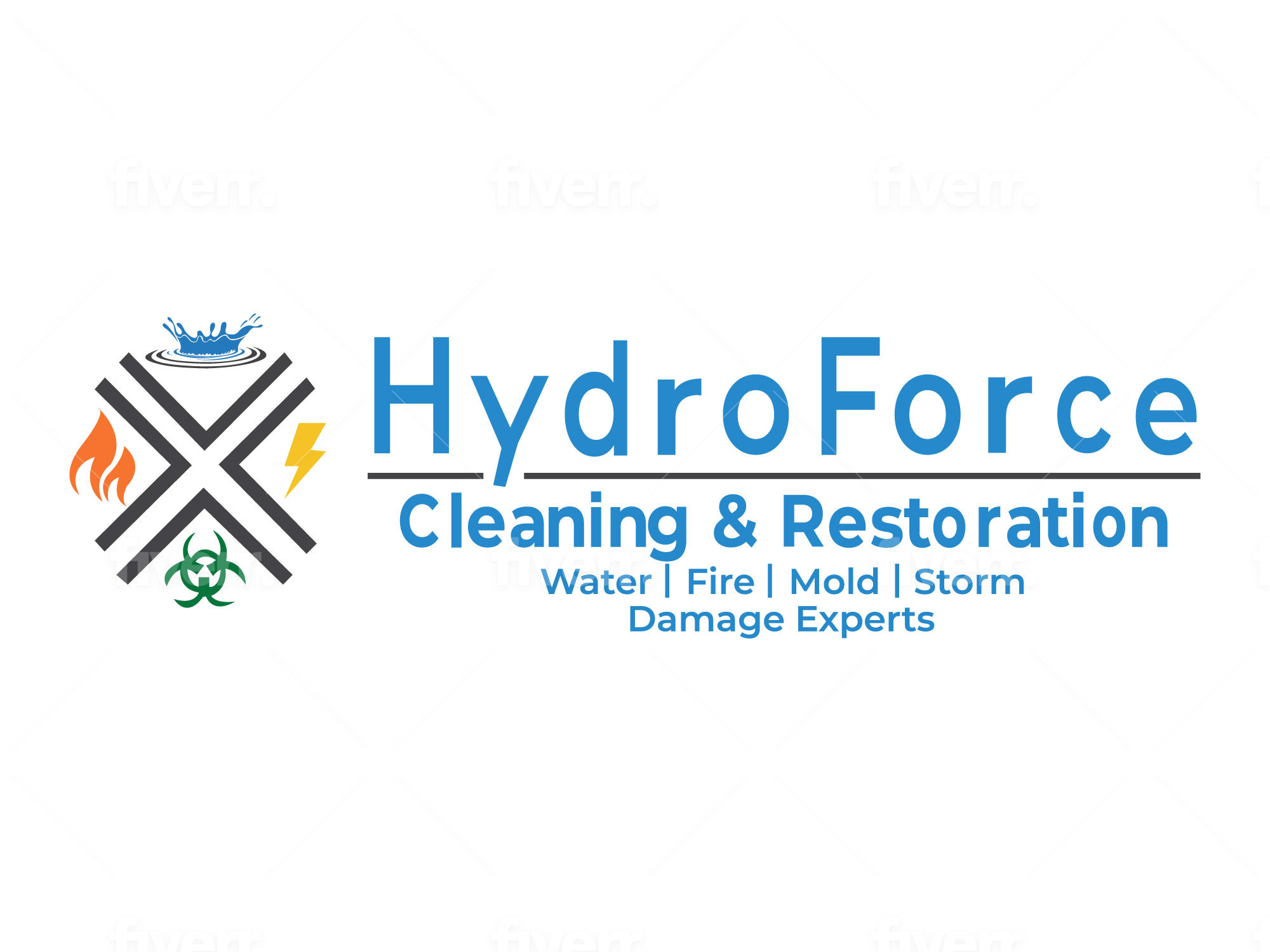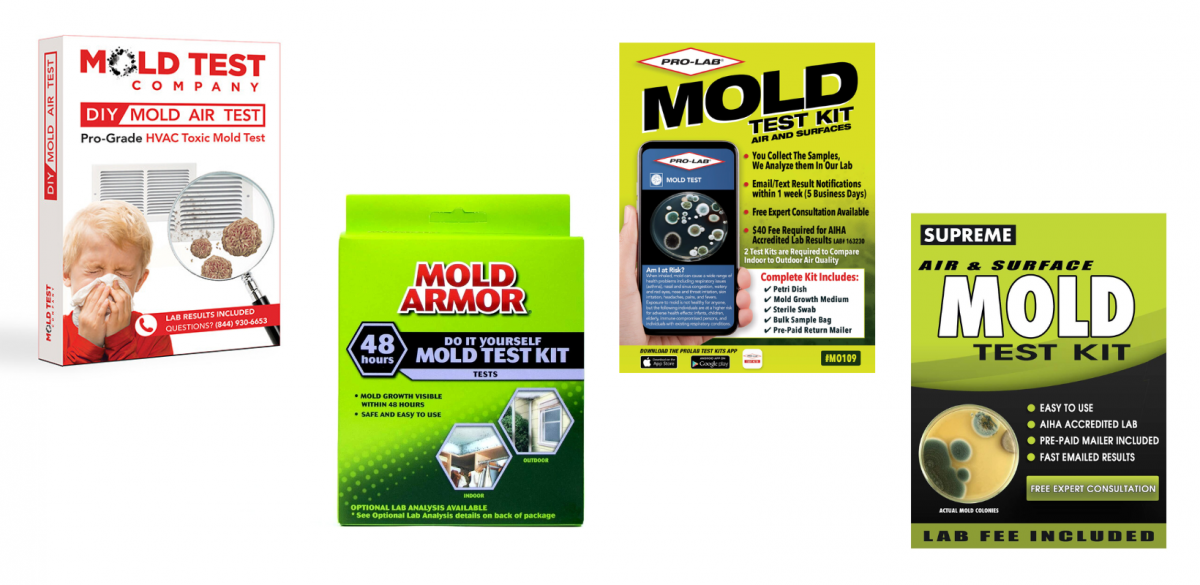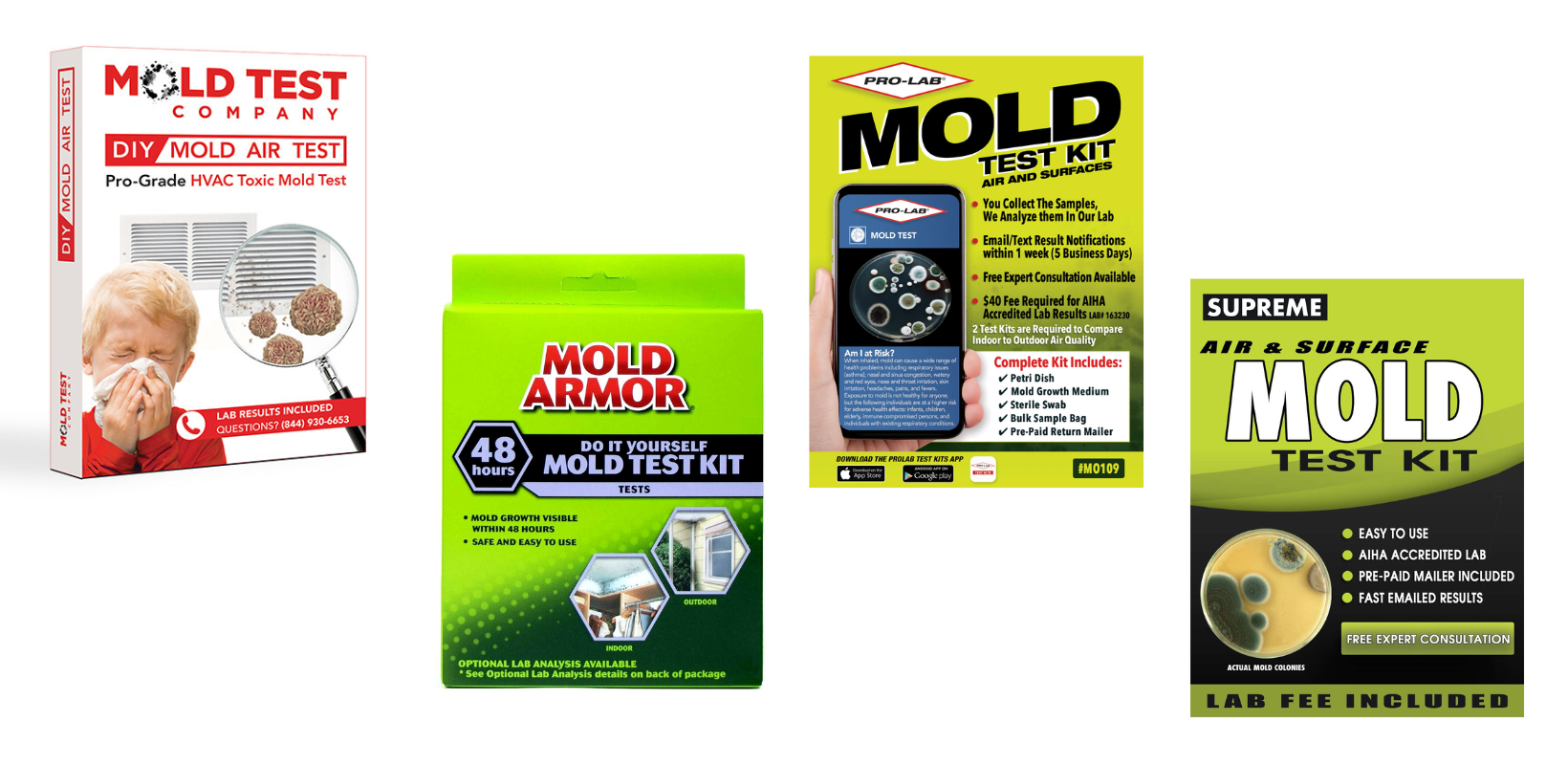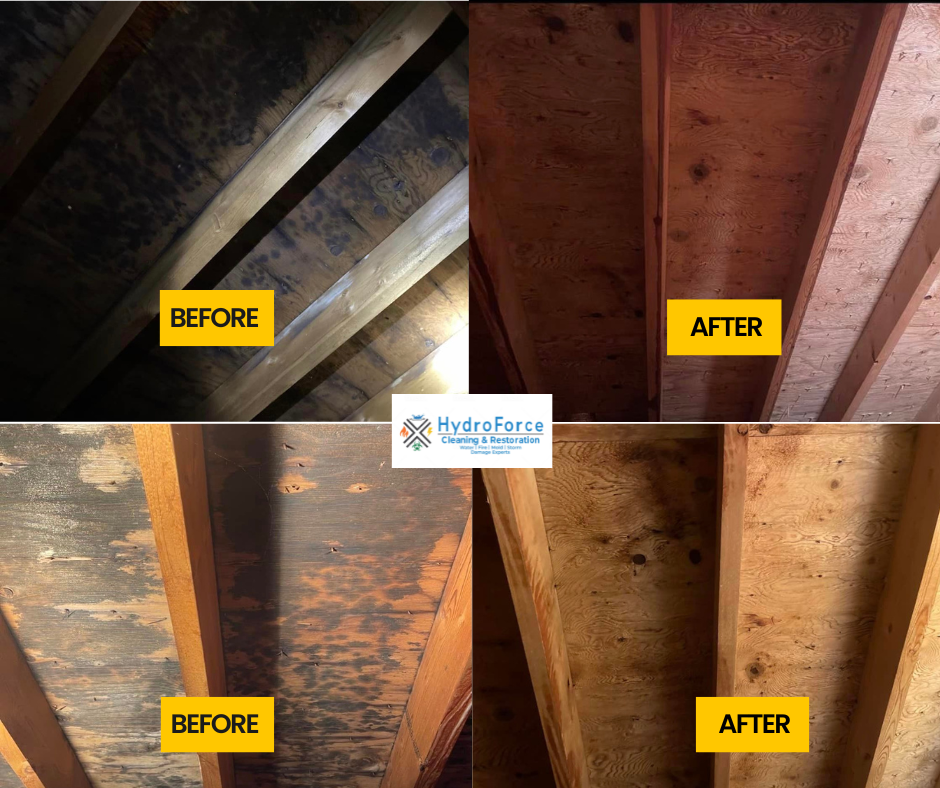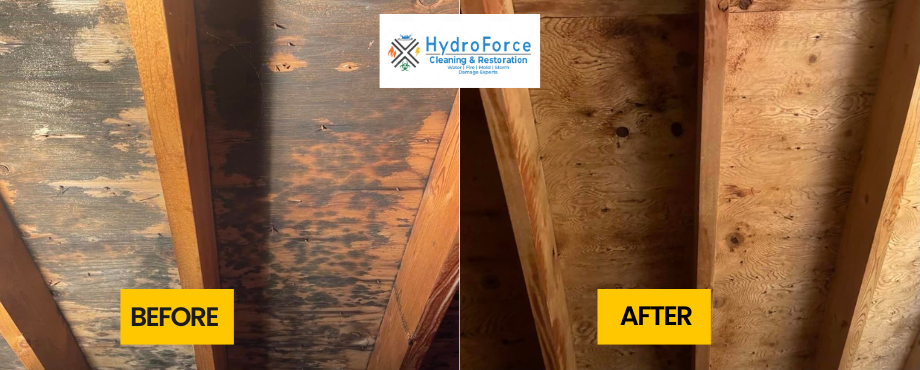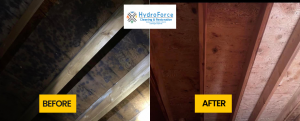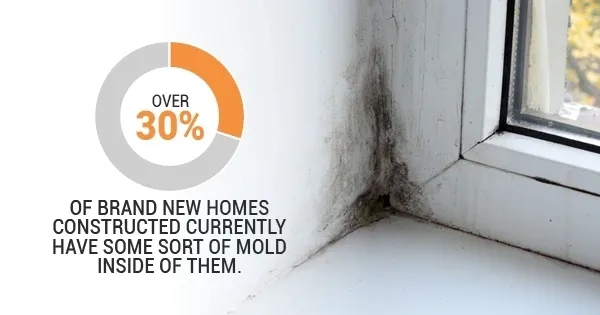How to Recognize When Your Carpet is Affected by Mold
Home » mold cleanup
The cozy ambiance of our homes is often linked to warmth, relaxation, and a sense of security. However, within the routine of our daily lives, a silent intruder exists that can compromise not only the aesthetics of our living spaces but also pose potential health risks – mold. While mold can manifest in various places within our homes, one of its favored hiding spots is often right beneath our feet: the carpet.
Are you worried about the possibility of having a moldy carpet? Well, there are various potential reasons that might indicate your carpet is affected by mold. Knowing these signals is essential for maintaining a healthy home. But before we explore that, let’s understand what mold is and how it appears.
What is Mold and What Does it Look Like?

Mold is a type of fungus that can appear in various colors, such as black, white, or green. It often shows up as fuzzy patches or spots and may have a musty, moldy odor. If you see discoloration on surfaces, especially under carpets, it could be a sign of mold growth.
Why Mold Grows on The Carpet?
Mold and mildew, both belonging to the fungi family, thrive in environments with excess moisture and inadequate ventilation. When porous materials, like carpet pads, become saturated with water and are not promptly dried or ventilated within 48 to 72 hours, it creates an optimal breeding ground for mold and mildew. The porous nature of materials such as carpet pads provides an ideal surface for these fungi to attach and penetrate.
Moreover, the presence of organic matter within the carpet, such as dust or debris, can serve as a nutrient source for the proliferation of mold and mildew. While carpet mold is typically visible, in cases where it goes unnoticed, certain indicators may serve as warnings.
How to Tell If Your Carpets Have Been Affected By Mold?
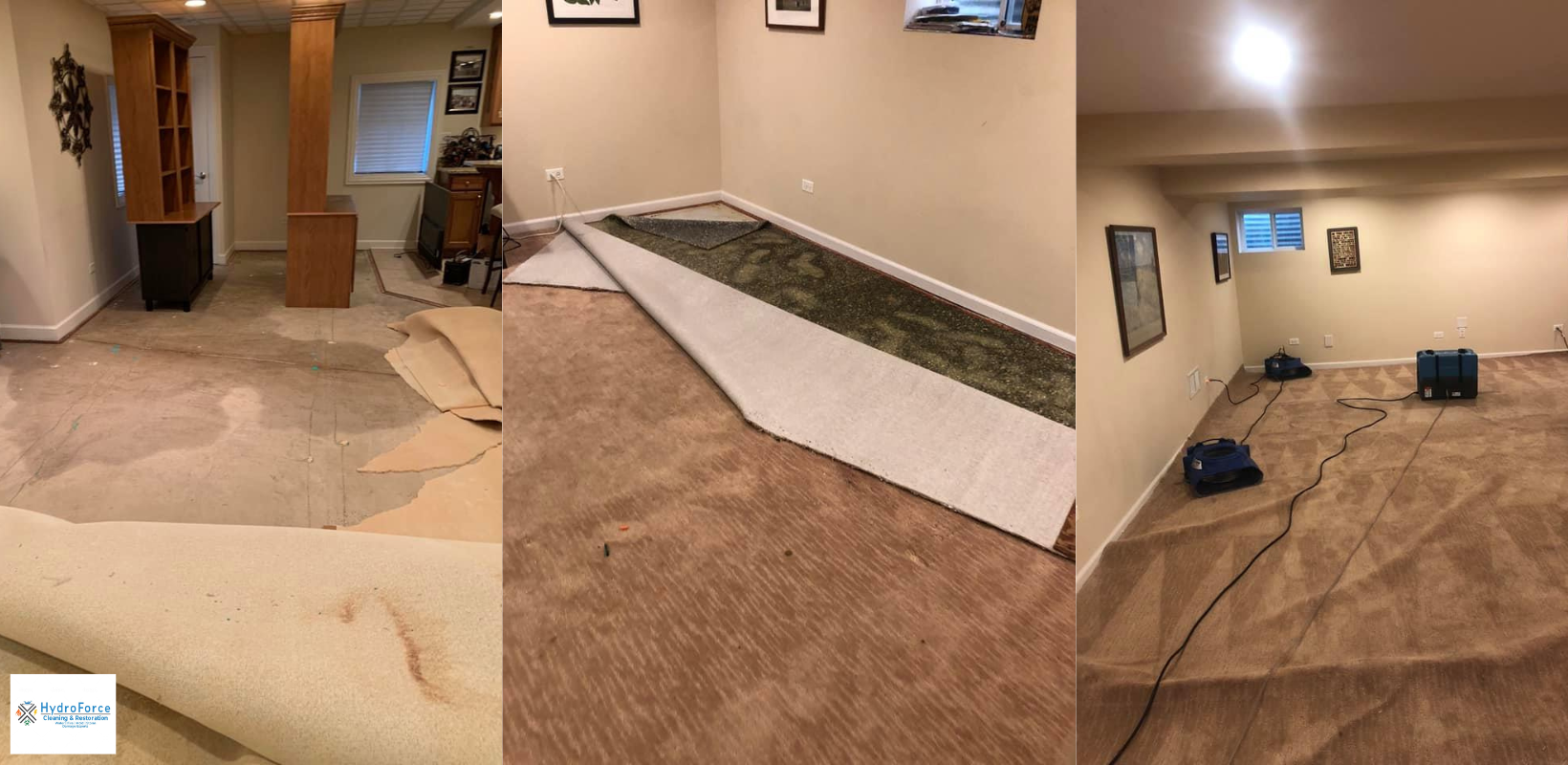
Here are key indicators that mold may be present in your carpet, signaling the need for effective mold remediation.
- Damp and Wet Carpet: If you’ve recently faced water damage or spilled something on your carpet, mold may have found its way in – that’s a 100% possibility. Moreover, even in the absence of direct water damage, if your living space is consistently damp and humid, your carpet is still at a high risk of hosting and encouraging mold growth. Whether it’s an immediate spill or the ongoing environmental conditions, both situations pose a serious threat to the well-being of your carpet.
- Allergy Symptoms: If you or others nearby unexpectedly develop allergies or health problems, it could be a sign of mold in the carpet. Mold might affect breathing, leading to symptoms like coughing or difficulty breathing. It can also trigger allergic reactions, including a stuffy nose, throat irritation, or skin rashes.
- Foul odor: When there is mold on the carpet, you will notice an unpleasant smell whenever you’re around it or in the room where the carpet is laid. This foul odor, often described as musty or damp, is a primary indicator of mold presence.
- Green, Brown, and Black Spots: When you notice discoloration on your carpet, especially in the form of green, brown, or black fuzzy spots, it serves as a significant warning sign, indicating the need for further investigation. In such cases, it becomes essential to promptly address the potential for mold growth.
There are mold testing kits available that can aid in identifying mold in the carpet. These kits come in different types, including Petri dishes, tapes, and color-changing pens. They are effective in revealing the presence of mold growth. Alternatively, hiring a professional mold removal company can provide testing and identification services to comprehensively address the issue.
What kills Mold in Carpets?

To effectively kill mold on carpet, you can use a combination of cleaning and disinfecting methods. Here’s what you can try:
- Vinegar and Water: Create a solution by mixing equal parts white vinegar and water. White vinegar possesses natural antifungal properties, making it effective in killing mold. Pour the solution into a spray bottle for easy application. Once sprayed, allow the solution to sit for at least 10-15 minutes, providing ample time for the vinegar to penetrate and eliminate the mold.
- Scrubbing: Gently clean the moldy area with a brush or sponge, using a mild detergent or a solution of water and white vinegar (equal parts). The natural antifungal properties of vinegar make it effective for this purpose. After allowing the cleaning solution to sit for the recommended time, delicately scrub the carpet with a brush or sponge to loosen and eliminate the mold from the fibers. Take care to avoid any damage, particularly if the carpet has a delicate or sensitive texture.
- Vinegar and Baking Soda: Another alternative is to mix vinegar and baking soda. Combine equal parts of both, apply the mixture to the mold on your carpet, let it sit, and gently scrub to eliminate the mold. This natural solution provides an effective way to keep your carpet free from mold.
How to Get Rid of Mold Smell Off the Carpet?
If you’ve already removed the mold but are still dealing with lingering musty odors in your carpet, consider the following steps to eliminate the smell:
- Provide Adequate Ventilation: Make sure to regularly ventilate the affected area by opening doors and windows. This promotes better air circulation and helps dissipate any remaining odors. Using fans can further enhance the ventilation process and expedite the removal of lingering musty smells.
- Use an Air Purifier: Invest in an air purifier equipped with a HEPA (High-Efficiency Particulate Air) filter. These devices are effective in capturing and neutralizing mold spores and odorous particles. Place the air purifier in the room with the treated carpet and let it operate consistently to improve overall air quality and eliminate any persistent mold odors.
- Use Air Fresheners: Opt for natural or chemical-free air fresheners designed to neutralize odors rather than simply masking them. Consider using essential oil diffusers with antimicrobial properties, such as tea tree oil or eucalyptus, to introduce a pleasant fragrance to the air while combating any residual musty odors.
- Sunlight: Consider taking the carpet outside on a sunny day if you can. Sunlight works like a natural disinfectant, and it’s great for getting rid of lingering mold smells. Just let the carpet breathe in the fresh air and sunlight for a few hours. Make sure to flip it over to expose both sides, allowing the sunlight to reach all areas.
- Activated Charcoal: Try putting bowls of activated charcoal around the carpet. Activated charcoal is fantastic at soaking up and getting rid of odors. Just leave the bowls in the room for a while, and if you notice the smell lingering, swap out the charcoal. It’s a simple trick that can do wonders in neutralizing any unwanted scents from your carpet.
Seek Professional Help for Mold Remediation
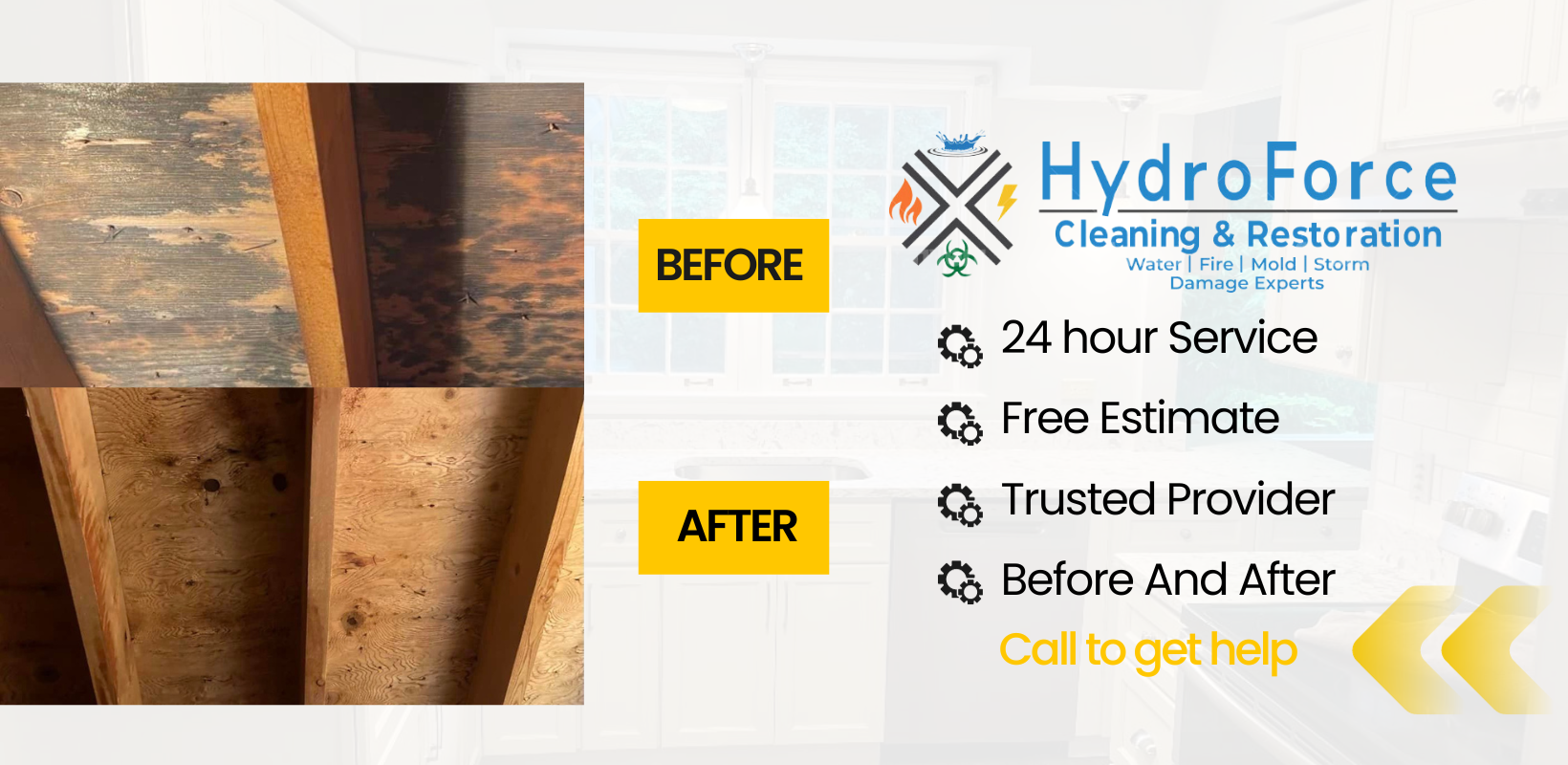
When grappling with mold troubles, it’s wise to bring in the experts. For those in the Chicago, IL area, Hydroforce Cleaning and Restoration is the name you can trust for exceptional mold removal. Our expert team is well-versed in the intricacies of efficient mold mitigation. It’s time to say goodbye to lingering concerns as we deliver a comprehensive solution, ensuring your living space remains fresh and healthy.
For mold remediation in Chicago, IL, and surrounding areas, give us a call at 630-835-0862.
Privacy Policy | Terms & Conditions | 630-835-0862
